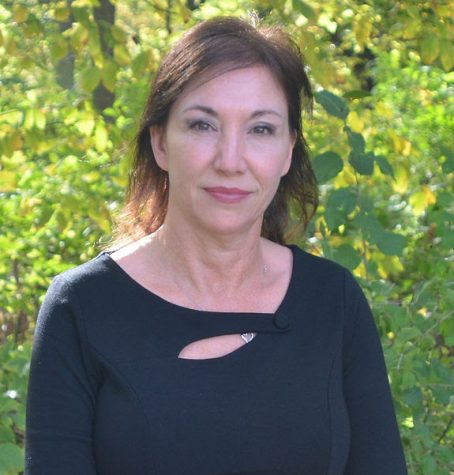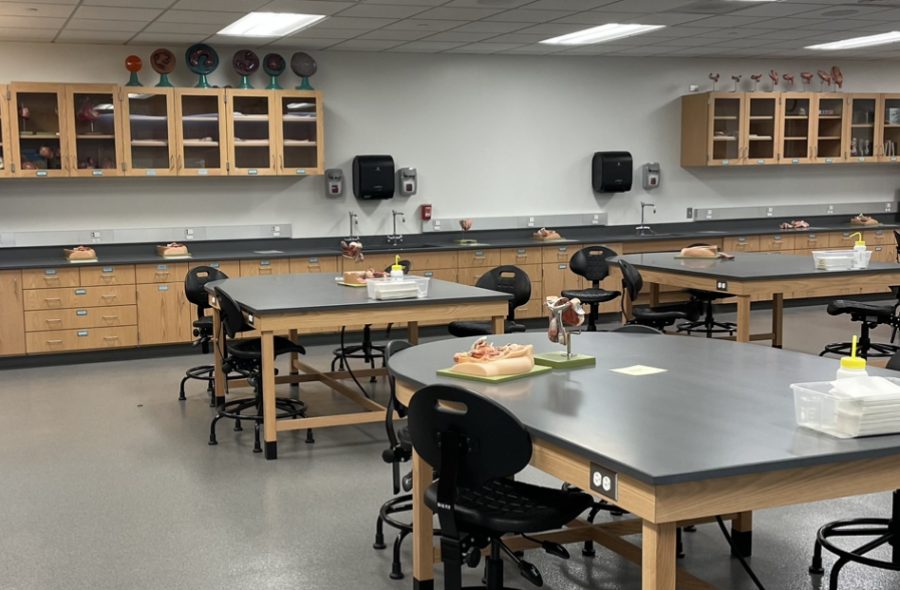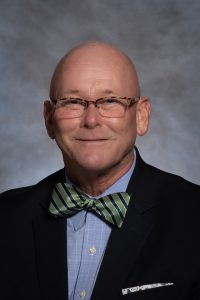The Ultimate Donation
November 21, 2022
As a CLC student pursuing a career in healthcare, I see dead people, literally. This privilege is only possible through people who become “human donors” who give everything a person can after death. The older term for them, and perhaps the most common term, is “cadaver.” I use the phrase “human donor” to remind myself of the humanity we share despite the gap between the living and the dead.
The opportunity for CLC students to work with human donors was made possible when the A-wing’s remodel was finished in 2019. New lab space was created specifically for the donors. A214 and A224 each house two of the four donors, who are gifted to the college through the Anatomical Gift Association of Illinois.
As a student of medical imaging, I worked with the donors for Anatomy and Physiology I and II. Many people have never seen a body in any context other than a funeral. Until being in the donor lab, I had never seen one. My grandparents were cremated – the last time I saw them, they were in urns.
The first time I saw a body, his ribcage was sawed off, his heart, lungs, and all blood vessels were tagged with little yellow zip ties, and it was eleven in the morning. I was in class, trying to take it as a learning opportunity, but was shocked by the sight in front of me.
It’s a slap in the face to see death staring back at you like that. It stayed with me for a good two months. I had to process what was in front of me, forced to confront my own mortality.
These classroom tools were also people once, just like me. They had hobbies and families. Their photos could still be in someone’s wallet. They were people. The person that was once inside their body is gone, but that form is still here, in a lab, teaching a new generation of healthcare professionals.
Despite the shock, working with the donors is an invaluable learning experience that many students, even those at four-year universities, do not have.
I found myself curious as to how our community college managed to get four human donors. Some state colleges, whose tuition costs four times more, can’t give their students the same level of hands-on experience.
I reached out to my professors and was directed to Jeanine Seitz, a professor of biology and a key player in getting the donors at CLC.

“In years past, the closest we could approximate to that teaching experience was animal models, like cats. That’s just not translatable by any means,” Seitz said.
The difference between a cat liver and a human liver is almost comical, comparing everything from the size, shape, location, and surrounding tissue. However, the donors prepare students not only for human anatomy but for the concept of the body as a learning tool.
“It really made it more applicable to what you’re doing in your career versus just reading it in a book, and getting more adapted to what you’ll actually be witnessing,” said Jennifer Hayek, a classmate in the medical imaging program.
The human donors give CLC students an invaluable resource. But the donors were once people who had lives, families, and passions. Some students find this awareness of their own mortality to be a challenge, even depressing.
Hayek and professor Seitz offered their insight.
My classmate reminds herself of what living students can do by learning from the donors. “[Working with the donors] is less morose because you’re giving them a new purpose by learning from them, learning how you can better help others in the future,” said Hayek.
“The human donors help you get a grasp on life. They made a huge sacrifice and we should all be thankful,” said Hayek.
Professor Seitz shared the same sentiment. “My sense of these people is that they must have been very giving in life; very kind individuals. They’ve done a great service for people they don’t even know.”
“I hope our students appreciate this opportunity because quite honestly, many institutions cannot offer this to their students.” Said professor Seitz.
As a student, I truly am grateful for the college and the donors themselves.
I can only imagine the people the human donors were in life. Imagining them is my expression of gratitude – my connection to them in the shared human condition. They gave themselves wholly to strangers; the definition of generosity, and truly worthy of the title: donor.







